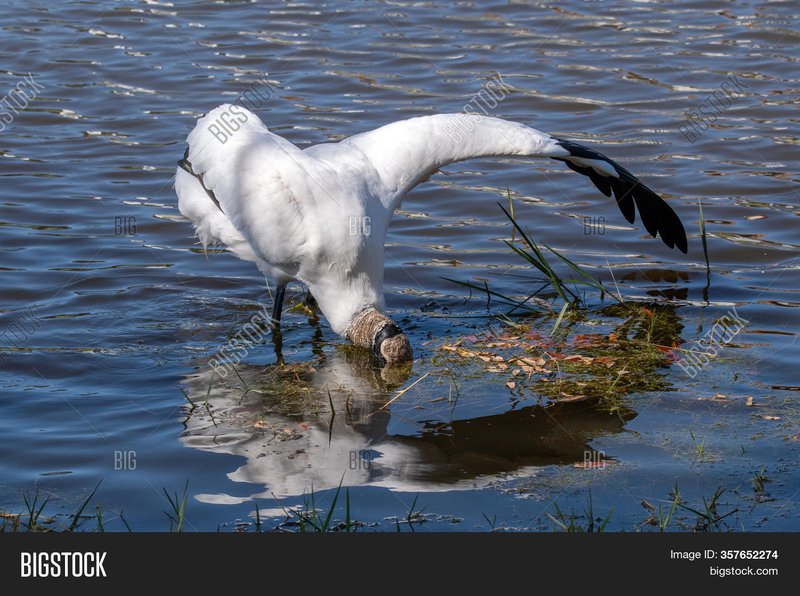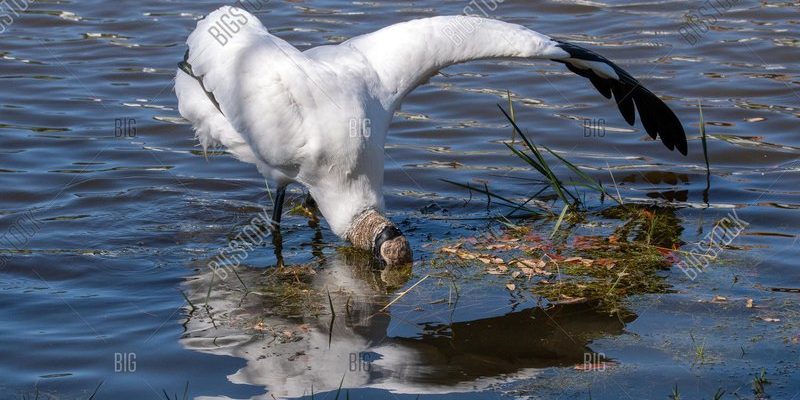
Storks are not just any ordinary birds; they belong to the family Ciconiidae and can be found in various parts of the world, ranging from Europe to Africa and Asia. These uniquely adapted birds have a diet that’s as interesting as their physical appearance. You might be surprised to learn that their hunting methods can be both elegant and effective. So, grab a cup of coffee and let’s explore the intriguing eating habits of storks.
Stork Diet: What’s On the Menu?
Storks are primarily carnivorous, which means they love to munch on meat. But what kind of meat are we talking about here? Their diet mainly consists of fish, amphibians, and various small invertebrates. Imagine strolling alongside a river and spotting a stork bending its neck, ready to strike. Most of the time, they’re on the lookout for:
- Fish: This is a top favorite, especially in wetlands and shallow lakes.
- Amphibians: Frogs and tadpoles often find themselves as stork snacks.
- Insects and Crustaceans: From dragonflies to small crabs, storks don’t discriminate!
In some regions, they may also eat small mammals or birds if the opportunity arises. Storks are scavengers by nature and adaptable in their feeding habits. If something is edible and within reach, they’re willing to give it a try.
Stork Hunting Techniques: The Art of the Catch
Now that we have an idea of what storks eat, let’s talk about how they go about finding and catching their food. Stork hunting is a combination of patience and precision, kind of like waiting for the right moment to take a shot in a basketball game. Here’s a closer look at a few key techniques they use:
Wading and Waiting
Storks are experts at wading in shallow waters. With their long legs, they can stroll through ponds and marshes while keeping an eye on the water’s surface. This method requires a lot of patience. They’ll often stand perfectly still for minutes, waiting for fish or frogs to come within striking distance. When they spot something, they use a quick thrust of their sharp bills to catch their prey. It’s like a quick strike in a game of tag!
Stalking Through the Grass
When hunting in dry areas, storks become stealthy stalkers. They’ll creep through tall grass and brush, using their long necks to get a better view of the ground. Their keen eyesight helps them spot movement, allowing them to pounce on unsuspecting small animals. You might even say they’re the ninjas of the bird world!
Social Feeding: Teamwork Makes the Dream Work
Storks can also be quite social when it comes to feeding. They often hunt in groups, especially in areas where food is abundant. This behavior not only helps them locate food more efficiently but also keeps them safe from predators. When they gather in a flock, they increase their chances of spotting potential meals.
In a way, it’s like a family outing where everyone pitches in to find lunch. If one stork finds a good spot, the others quickly join in, sharing their bounty. This social aspect of feeding is essential during breeding seasons when they need to gather extra energy for raising their young.
Seasonal Changes in Diet
Storks are adaptable birds, and their diet can change based on the seasons. In spring and summer, when insects and amphibians are more abundant, storks shift their focus to these food sources. However, as the colder months roll in, they might rely more on fish and other aquatic prey.
Here’s an interesting fact: during migration seasons, storks will also eat whatever is available on their journey. This adaptability is crucial for their survival, showing just how versatile these birds can be!
Environmental Impact on Stork Foraging
The environment plays a significant role in how storks hunt for food. Wetlands and marshes provide ideal habitats for them, offering plenty of fish and other prey. However, human activity, like pollution and wetland destruction, can severely impact their feeding grounds.
When water bodies are polluted, it affects the entire food chain. Fish and amphibians may decline, leading to food shortages for storks. Conservation efforts are critical to ensure these birds can continue to thrive and hunt effectively.
Comparing Storks with Other Birds
Storks aren’t the only birds that hunt for food in watery environments. Let’s quickly compare them with some other similar birds, like herons and ibises.
– Herons: Like storks, herons are also wading birds, but they often have different fishing techniques. While storks strike their prey with a quick thrust, herons tend to be more patient, slowly stalking their target before striking.
– Ibises: These birds have curved bills that help them probe into the mud for food. They tend to eat a wider range of insects and crustaceans compared to storks.
In contrast, storks are more versatile in their hunting methods, allowing them to adapt to different environments and food sources more easily.
So, what does the stork eat, and how does this unique bird hunt and forage? From patient wading to social feeding techniques, storks showcase a fascinating blend of skills. Their diets are diverse, relying on fish, amphibians, and insects, which they catch using a variety of effective strategies.
Understanding these birds and their foraging habits offers us a glimpse into the delicate balance of nature. By protecting their habitats, we can ensure that storks continue to thrive in the wild. After all, every creature plays a role in the ecosystem, and storks are no exception. Next time you see one wading gracefully, you’ll appreciate not just their beauty but the impressive skills behind their hunting.

